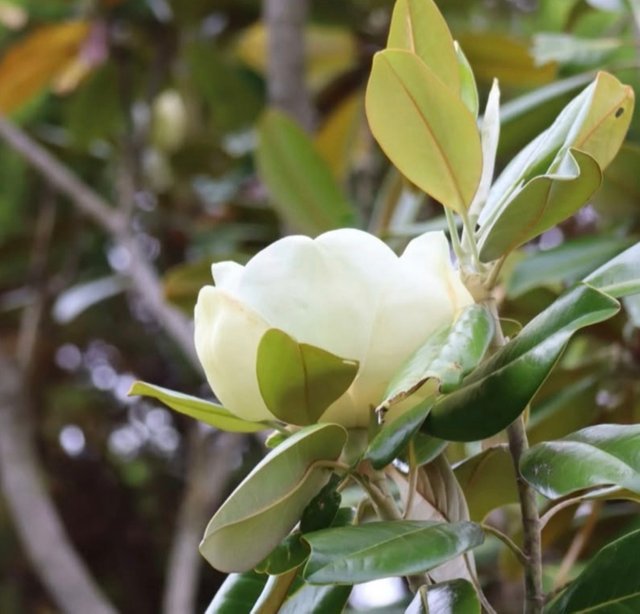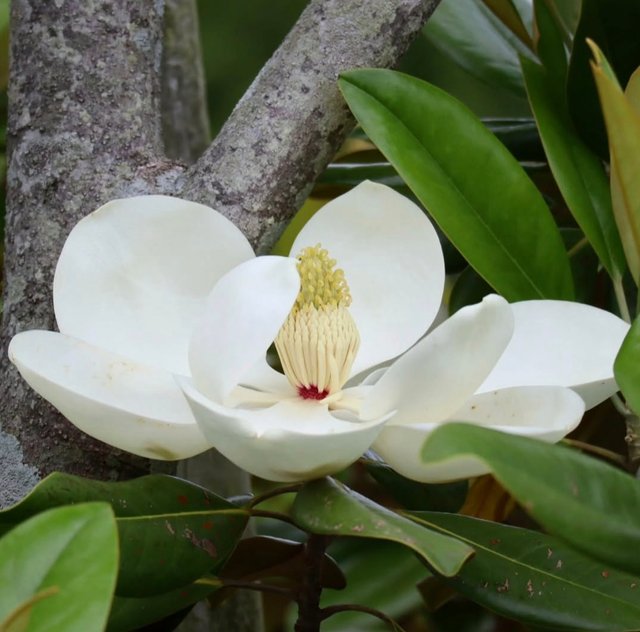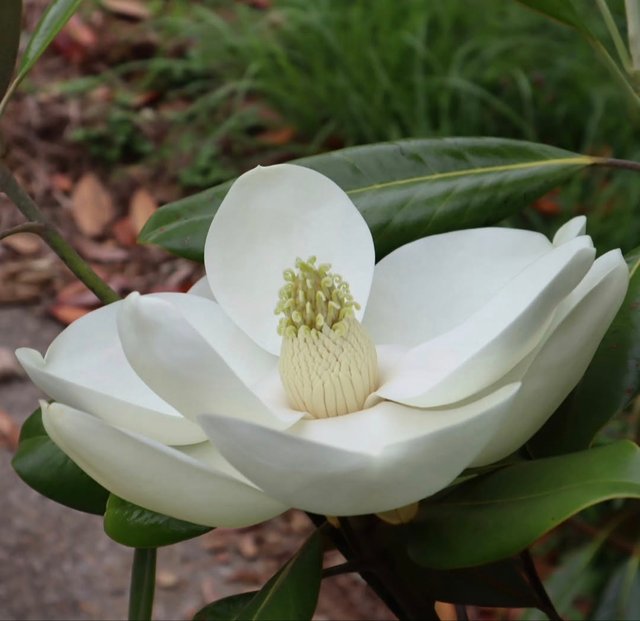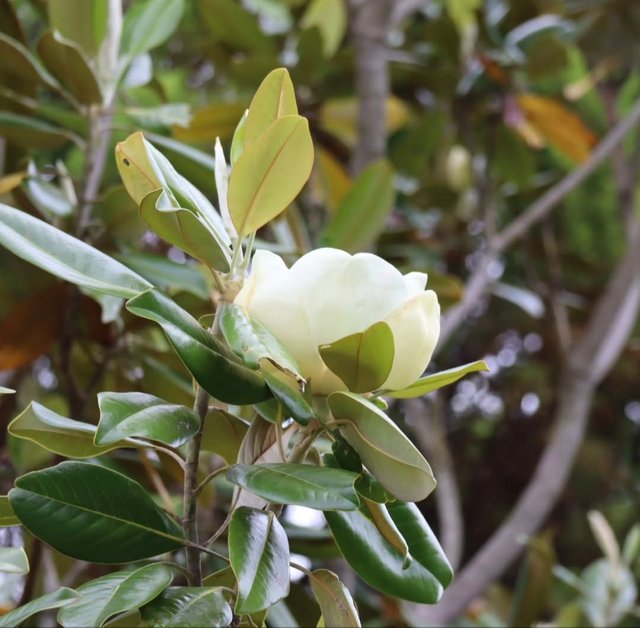Magnolia Flower
Among the lush greenery and warm breezes of the Southern United States, one tree stands out with regal grace and fragrant allure: the Southern Magnolia . With its enormous ivory blossoms, glossy evergreen leaves, and rich cultural significance, this flower is much more than just a beautiful bloom—it’s a botanical icon, a symbol of endurance, and a living piece of Southern heritage.The Southern Magnolia is a broadleaf evergreen tree native to the southeastern United States, particularly thriving in states like Louisiana, Mississippi, Georgia, and Alabama. It can reach heights of 60 to 80 feet, though some specimens exceed even that. But it’s not the height that steals the show—it's the flower.
Southern Magnolia flowers are among the largest blossoms produced by any North American tree. Each bloom can span 8 to 12 inches across, boasting creamy white petals that seem sculpted from porcelain. The flowers emit a sweet, lemony fragrance, especially noticeable in the evening, and bloom from late spring through the summer, occasionally even into early fall in warmer climates.What makes the magnolia flower especially interesting is its ancient lineage. Magnolias are considered some of the most primitive flowering plants still in existence, dating back over 95 million years. Unlike most modern flowers, magnolias evolved before bees and are instead pollinated primarily by beetles. Their thick, waxy petals are built to withstand the rough treatment of these robust pollinators.
Few flowers are as steeped in symbolism as the Southern Magnolia. In the South, it represents strength, dignity, and beauty—a reflection of its bold presence and long-lasting nature. It has also been used to symbolize purity and nobility, especially in weddings and funerals.The tree has been so embraced by Southern states that Mississippi designated it as the official state tree and state flower, while Louisiana named it the state flower as well. You’ll find its image engraved on coins, featured in state songs, and planted along boulevards, courtyards, and antebellum gardens.



